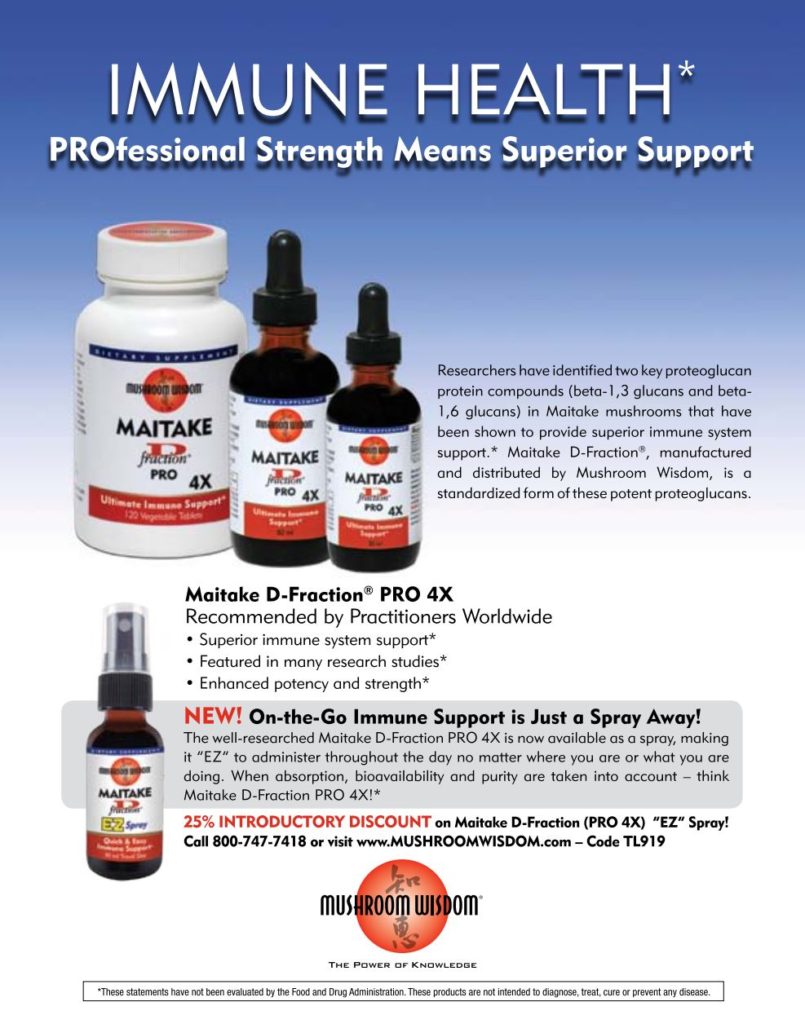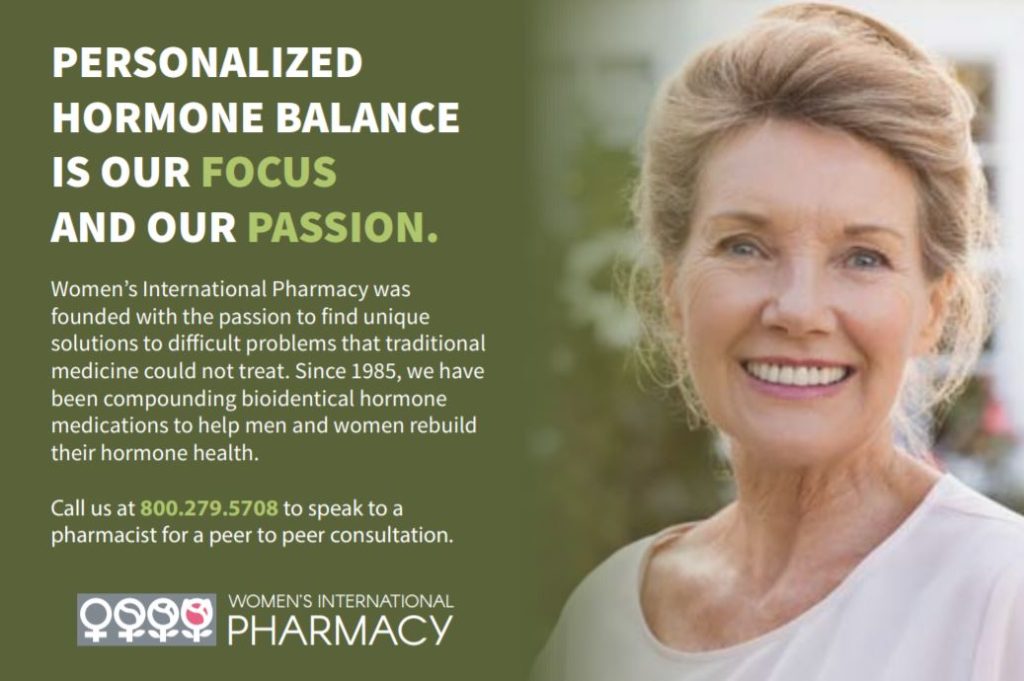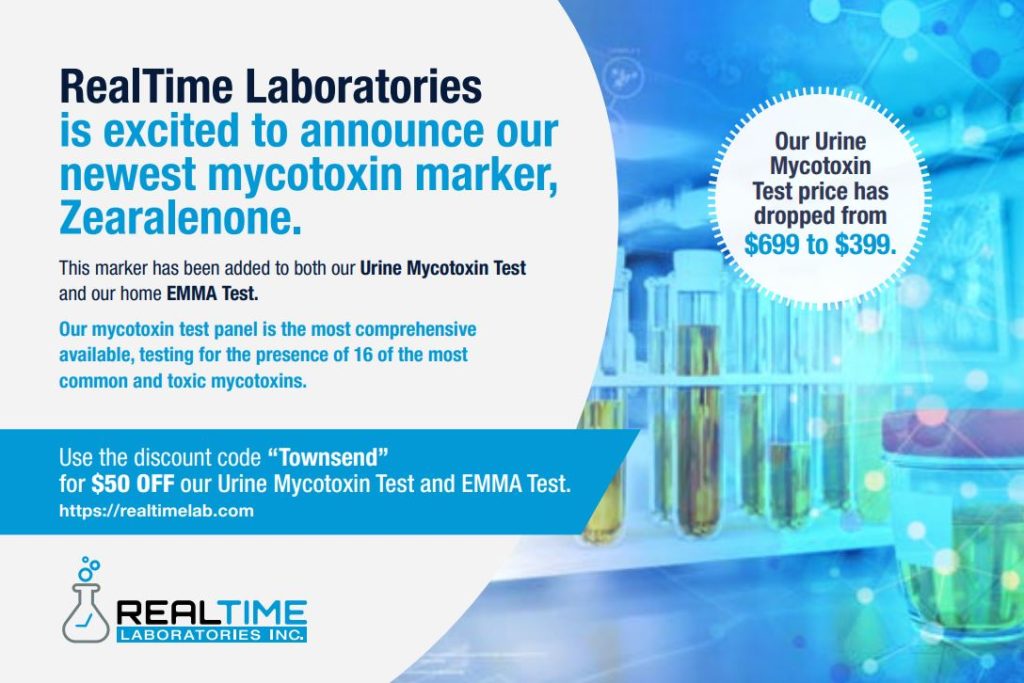…article continued:
Depression is also associated with perceiving social cues as more negative, including the tendency to focus on more aversive information, and even recalling more “negative than positive information about oneself” (p.4).11 Antidepressants can reverse this core psychological process, known as negative affective bias, by increasing the processing of positive affective information.11
The chronic stress of depression is also related to an increased amount of extracellular glutamate within the brain, which contributes to excitotoxic damage.11 There is reason to believe that antidepressant treatment can act as glutamatergic modulators and attenuate excitotoxic damage though more studies are certainly needed.12

Overall, these specific effects resulting from antidepressant use should be capable of modulating the implicated brain circuits to reduce symptoms of emotional overwhelm, improve functionality, and lessen the pathophysiological effects of AL and AO. The same logic about antidepressants can also be extended to specific NHPs (Table 2) that possess mechanisms of action that: (1) augment serotonin or other monoamine neurotransmitters; (2) augment BDNF expression; (3) increase the processing of positive affective information; and/or (4) attenuate glutamatergic excitotoxicity. The majority of the published data on these specific NHPs were derived from clinical trials, though some systematic reviews and meta-analyses were also referenced. All of these NHPs have an adverse effect profile that is superior to antidepressants. Extracts of St. John’s wort and Rhodiola rosea should not be combined with antidepressant medication. Though it is sometimes clinically valuable, ongoing clinical vigilance is advised when combining 5-hydroxytryptophan (5-HTP) or S-adenosylmethionine (SAMe) with antidepressants.
| TABLE 2 | ||
| Treatment | Suggested Daily Dose | References |
| 5-HTP (timed- or sustained-release formulations) | 400-1200 mg | 13,14 |
| Acetyl-L-carnitine | 1000-4000 mg | 15,16 |
| Chamomile extract (1.2% apigenin) | 500-1500 mg | 17,18 |
| Curcumin extract (BCM-95) | 1000 mg | 19,20 |
| Rhodiola rosea extract (3% rosavins and 1% salidroside) | 300-1360 mg | 21-23 |
| Saffron extract | 30-100 mg | 21,24 |
| SAMe | 1600-3200 mg | 25,26 |
| St. John’s wort extract (0.3% hypericin) | 900-1800 mg | 27,28 |
| Theanine | 200-400 mg | 29,30 |
Anxiety or anxious feelings are other target areas of pharmaceutical interventions that differ from antidepressants. Reducing anxiety is an obvious and helpful component when mitigating the AL and AO that accompanies chronic stress. Commonly prescribed treatments are the benzodiazepines that should be reserved for short-term use, but are taken chronically by numerous anxious patients. All benzodiazepines target the benzodiazepine-binding site in the brain located on the chloride channel. They boost the effects of gamma-aminobutyric acid (GABA) on the frequency of the opening of the chloride channel, culminating in a hyperpolarization of the target cell, a decrease in the firing rate of these neurons, and pharmacological effects that include muscle relaxation, lowered arousal, and sedation.31 Benzodiazepines also modulate the activity of the HPA axis by mitigating the effects of CRH,32 and reduce the limbic response to anxiety.33
The problems with taking benzodiazepines long-term are well known, and include dependence, withdrawal-associated problems, and addiction. They also prevent the brain from creating new pathways of growth, which undermines a patient’s ability to effectively manage and/or overcome their anxiety.34 There are published reports, for example, that have documented reduced effectiveness of exposure-based treatment when patients are taking benzodiazepines, and clinical benefits from exposure-based treatment when patients are not taking them.34 When a patient comes off benzodiazepine treatment, they will almost always re-experience the same anxiety that they had when they first initiated treatment because the cumulative benefits from treatment are very limited. This class of medication can, however, be beneficial when used as needed and very judiciously, or for brief durations of time (i.e., 2-4 weeks).
Given what has been noted about benzodiazepines, it makes sense to consider specific NHPs (Table 3) as alternative treatments since they have mechanisms of action that interface with the benzodiazepine-binding site and/or the GABA system, but without serious adverse effects and problems of addiction, dependence, and withdrawal. Moreover, these specific NHPs likely reduce HPA axis activation, and assist with top-down PFC processing by attenuating the limbic response to anxiety. Though they can be combined with benzodiazepines, these NHPs will potentiate the clinical effects of benzodiazepines, and in some cases may be contraindicated because of too much sedation. All the published data on these specific NHPs involve clinical trials and/or aggregated datasets involving large numbers of patients (i.e., more than several hundred), except for niacinamide, which only has lower quality evidence in the form of published case reports discussing its benzodiazepine-like effects.
| TABLE 3 | ||
| Treatment | Suggested Daily Dose | References |
| Ashwagandha extract (2.5-5% withanolides) | 1000-1800 mg (providing approx. 45-50 mg of withanolides) | 35-38 |
| Broad-Spectrum Micronutrients | 2-15 pills daily (depending on the recommended NHP) | 39-41 |
| Chamomile extract (1.2% apigenin) | 500-1500 mg | 42-44 |
| Holy Basil | 1000-1200 mg | 45,46 |
| Lavender extract | 80 mg or 160 mg | 47-50 |
| Niacinamide/Nicotinamide (i.e., amide form of vitamin B3) | 500-2500 mg | 51,52 |
| Passion Flower extract | 425-1275 mg | 53,54 |
| Rhodiola rosea extract (3% rosavins and 1% salidroside | 400-600 mg | 55-57 |
| Valerian root extract (0.8% valerenic acids) | 500-1500 mg | 58-61 |
| Theanine | 200-400 mg | 62-64 |







